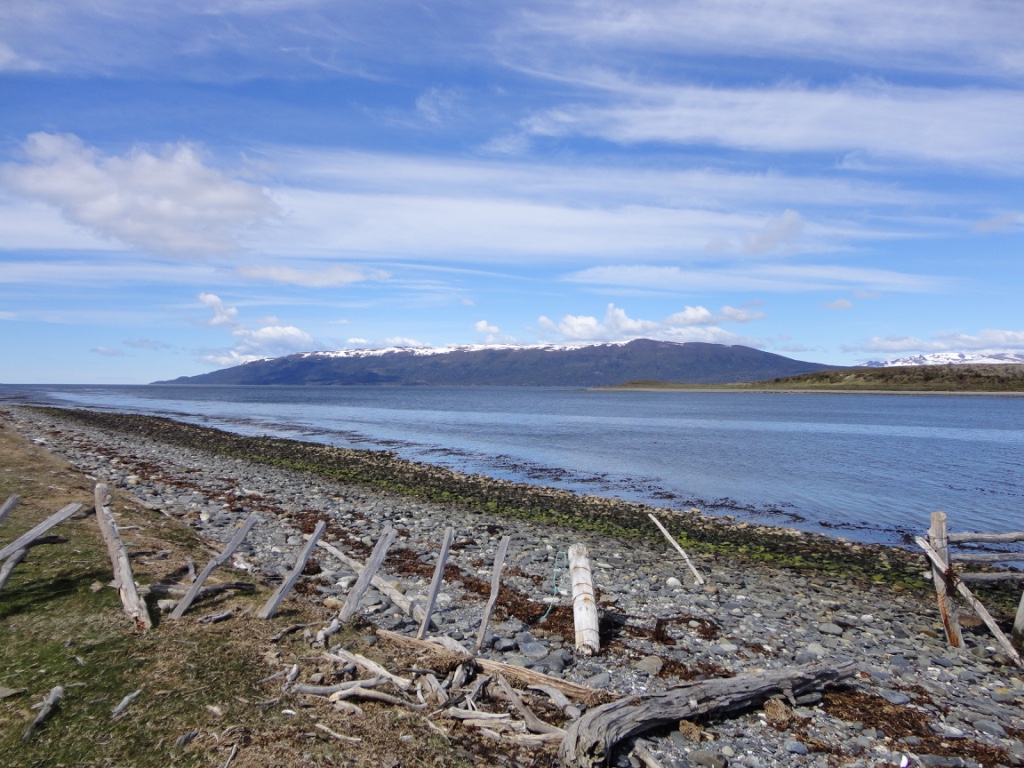- Home
- Science Introduction
- Wg
- Q-MARE
- Q-MARE Scientific Goals
Q-MARE scientific goals

How did climate and human activities affect marine ecosystems in the pre-industrial Holocene and the Pleistocene?
Fossil/death assemblages provide data on both exploited and unexploited species, but have been a largely untapped resource to date. Disproportionate changes in abundance and/or disappearances of exploited species reflect human impacts, whereas climatic changes have impacts across species. Such selective changes are visible in the stratigraphic record and will be interpreted along with paleoclimatic, archaeological and historical records.
When did humans start having a significant impact on the marine environment?
Historical, archaeological, and sedimentary records are combined to identify some of the first human impacts and their causes. In addition, pivotal studies on this issue are reviewed considering new knowledge on the timing of the
first human settlements and medium-to-large-scale marine resource exploitation in different regions and their possible impacts on the natural environment.
How can data from different sources be combined to inform environmental conservation targets and model marine ecosystems?
We identify methodological issues and provide clear guidelines for accessing, processing, and analyzing data derived from different sources (paleontological, archaeological and historical) and integrating them into dynamic ecosystem models (such as dynamic food-web models) for disentangling human and climate impacts.